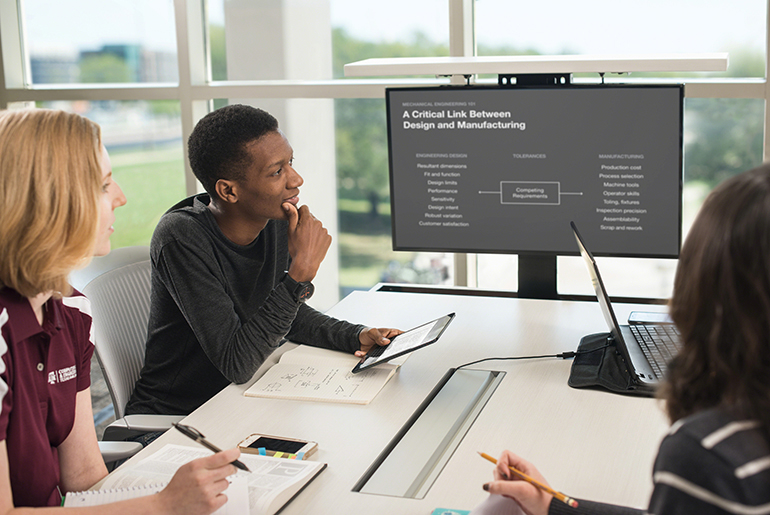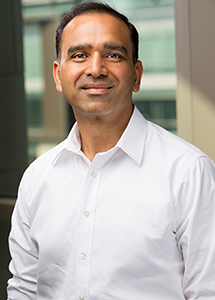
The manner in which students learn and retain content from higher education courses is constantly evolving. Because of this progression, faculty members need to find innovative ways to teach courses that have been taught the same way for years, this opens new doors for creativity and change.
Four faculty members in the Texas A&M University College of Engineering were awarded a grant from the Instructional Technology Services’ (ITS) Innovative Pedagogy Grant program.
This program offers Texas A&M faculty and staff the opportunity to learn how to skillfully interlace technology into an online or hybrid course. Out of 16 awards, three faculty members from the Department of Computer Science and Engineering and one professor from the Department of Aerospace Engineering were presented an award to transform engineering education in their respective courses.

His ongoing vision for this course is to modernize content to include real-world computing devices and applications and their engineering tradeoffs, and to increase student motivation and retention of the foundational principles of computer organization.

Lupoli plans to convert the traditional class to a hybrid course with mentoring and faster feedback that would utilize several technologies to enhance the overall learning process.
One technology Lupoli would like to implement is a course management system that would contain the content order of the course and provide simulated exercises to enforce student learning.
With this process in place, class time can be better utilized. This can eliminate lecture time in material that does not need to be covered, enabling deeper discussion and understanding of the already difficult topics in data structures.

As stated in her proposal, the initial goal is to have this course available for a minor in cybersecurity, as well as for graduate and certificate programs throughout the colleges to meet the demand for myriad types of cybersecurity workers, projected to be two million by 2020. The ultimate goal is to build a library of case studies for students from various disciplines and interests to make the course more worthwhile in building the knowledge and skills required by industry.

Dr. John Whitcomb, aerospace engineering professor, hopes to create a much more active learning environment in the aero structural analysis course that introduces students to the theory and use of finite element analysis.
Whitcomb believes that there is a difference between providing students with numerous learning resources and having the students take advantage of those resources. Utilizing digital technology to motivate students to take ownership of the concepts learned in class is an essential component of Whitcomb’s teaching philosophy.
The redesigned course will be rooted in student-curated digital notes that will allow for the integration of static content, such as that provided by a standard textbook, with resources ranging from videos that introduce key concepts to engaging computational tools that encourage exploration. Students will also have the opportunity to revisit a lecture via a recorded video with Whitcomb, a teaching assistant or a classmate, and discuss questions that they did not realize they needed to ask at the time of the lecture or were too shy to ask.
As stated in his proposal, the OneNote Class Notebook app will be used as the framework for “gluing” together an accessible, interactive, electronic textbook that is tailored for each student.
